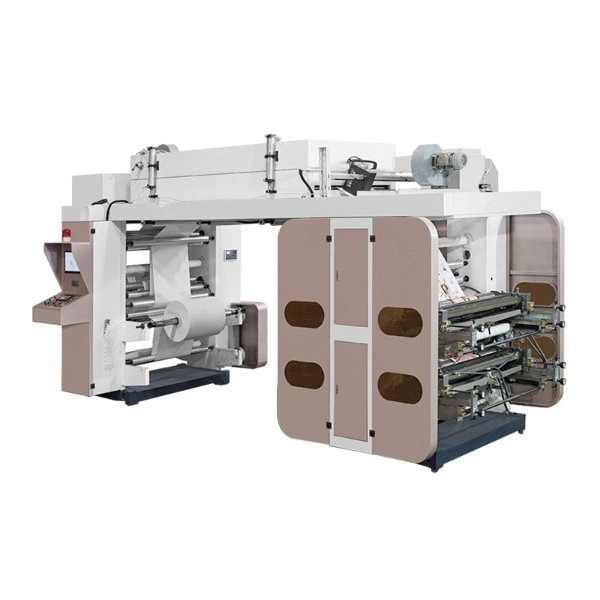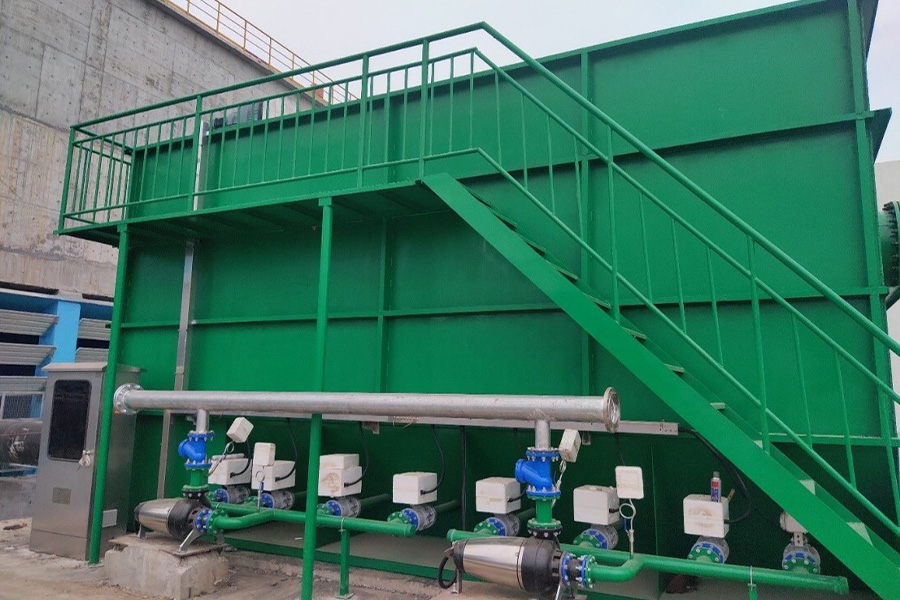In an increasingly interconnected world, the way we move from one place to another has evolved dramatically. As urbanization accelerates and global travel becomes more accessible, understanding the most popular modes of transportation is essential for both individuals and businesses. This article delves into the various forms of transportation, their popularity, and the factors influencing their use, while also considering environmental impacts and future trends.
The Landscape of Transportation
Transportation can be broadly categorized into several modes: land, air, and water. Each mode has its unique advantages and challenges, and their popularity varies based on geographic, economic, and social factors.
- Land Transportation
Land transportation encompasses a wide range of vehicles, including cars, buses, trains, and bicycles. Among these, personal vehicles, particularly cars, remain the most popular mode of transportation in many countries, especially in North America and parts of Europe.
- Cars: The convenience and flexibility of cars make them a preferred choice for daily commuting. According to the International Organization of Motor Vehicle Manufacturers (OICA), there were over 1.4 billion cars on the road globally as of 2020. However, the rise of ride-sharing services like Uber and Lyft is reshaping this landscape, offering users an alternative to car ownership.
- Public Transit: Buses and trains are vital components of urban transportation systems. Cities like Tokyo and New York have extensive public transit networks that reduce congestion and lower carbon emissions. The popularity of public transit is often linked to its affordability and efficiency, especially in densely populated areas.
- Bicycles: With the growing emphasis on sustainability, cycling has gained traction as a popular mode of transportation. Cities worldwide are investing in bike lanes and sharing programs, promoting cycling as a healthy and eco-friendly alternative.
- Air Transportation
Air travel has revolutionized long-distance transportation, making it possible to traverse continents in mere hours. The International Air Transport Association (IATA) reported that in 2019, airlines carried over 4.5 billion passengers globally.
- Commercial Flights: The accessibility of budget airlines has democratized air travel, allowing more people to fly than ever before. However, the COVID-19 pandemic significantly impacted the aviation industry, leading to a temporary decline in air travel. As recovery continues, the demand for air travel is expected to rebound, driven by both leisure and business travel.
- Private Aviation: The rise of private jets and charter services has also gained popularity, particularly among affluent individuals and businesses seeking convenience and privacy. This sector is experiencing growth, fueled by the desire for personalized travel experiences.
- Water Transportation
While not as commonly used for daily commuting, water transportation plays a crucial role in global trade and tourism.
- Shipping: Approximately 90% of the world’s trade is carried by sea, making shipping a vital component of the global economy. Container ships transport goods across oceans, connecting manufacturers and consumers worldwide.
- Cruise Ships: The cruise industry has seen significant growth, with millions of passengers embarking on cruises each year. This mode of transportation combines travel with leisure, offering unique experiences on the water.
Factors Influencing Transportation Choices
Several factors influence the popularity of different modes of transportation:
- Urbanization: As more people move to cities, the demand for efficient public transit systems increases. Urban planners are focusing on creating integrated transportation networks that accommodate diverse needs.
- Environmental Concerns: The growing awareness of climate change is prompting individuals and governments to seek sustainable transportation options. Electric vehicles, public transit, and cycling are gaining popularity as eco-friendly alternatives.
- Technological Advancements: Innovations such as autonomous vehicles, electric scooters, and mobile apps for ride-sharing and public transit navigation are reshaping how we think about transportation. These advancements enhance convenience and accessibility, influencing user preferences.
Future Trends in Transportation
As we look to the future, several trends are likely to shape the transportation landscape:
- Sustainability: The push for greener transportation solutions will continue to grow. Electric vehicles, hydrogen fuel cells, and renewable energy sources will play a significant role in reducing the carbon footprint of transportation.
- Smart Cities: The integration of technology into urban planning will lead to the development of smart cities, where transportation systems are interconnected and optimized for efficiency. Real-time data analytics will enhance traffic management and reduce congestion.
- Mobility as a Service (MaaS): The concept of MaaS is gaining traction, allowing users to plan, book, and pay for multiple transportation services through a single platform. This approach promotes seamless travel experiences and encourages the use of public transit.
Conclusion
In conclusion, the most popular modes of transportation are shaped by a complex interplay of factors, including urbanization, environmental concerns, and technological advancements. As we navigate the 21st century, understanding these dynamics will be crucial for individuals, businesses, and policymakers alike. By embracing sustainable practices and innovative solutions, we can create a transportation system that meets the needs of a growing global population while minimizing its impact on the planet.




